George Street in days gone by was a busy shopping street, running north to south into the heart of Aberdeen.
Up until the 1980s, the long uninterrupted thoroughfare stretched from Split the Wind to St Nicholas Street then Union Street beyond.
Trams trundled along its length linking the city centre to Woodside, which was a standalone, semi-rural community back in the early 20th Century.
George Street was famously home to department stores like Isaac Benzies and Arnotts, and independent shops including the original Bruce Millers and The Rubber Shop.
It also wasn’t short of entertainment venues, with the City Cinema, Grand Central Picture House and a number of pubs dotted along its length.
Like an artery running through the city, connecting to dozens of industrial sites, residential streets and lanes, it provided retail and recreation for Aberdonians for decades.
Changes crept into George Street in the 1960s
One of the biggest changes seen in George Street was when Norco House was built between 1966 and 1970.
In recent years it was better known as John Lewis, who took over the premises in 1989, before the store was shut in 2021.
It was a department store for the Northern Co-operative Society, in place of its headquarters and arcade which ran between Loch Street and Gallowgate.
When the brutalist Norco House opened in 1970, the Edwardian arcade was abandoned, falling into dereliction, before it was eventually demolished as part of the Bon Accord Centre development.
This shopping complex undoubtedly altered the face of George Street forever.
Decades of arguments over large-scale development
It took two decades of wrangling between developers Bredero, shopkeepers and Aberdeen City Council – as well as three public inquiries – before the Bon Accord Centre plans were approved.
But arguments continued to rage until the eleventh hour before the major redevelopment began in the autumn of 1986.
Frank Brettle, chairman of the Aberdeen City Centre Association, said: “Bredero will either murder Union Street and other shopping areas, or they will be the biggest white elephant out.”
An Evening Express article in April 1986 said the decisions about George Street and the Bon Accord Centre “will affect everyone in the north-east well into the 21st Century”.
George Street was effectively stopped up and cut off from the city centre, and many old buildings and businesses were demolished to make way for the shopping centre.
Although popular in its heyday, the Bon Accord Centre has seen a decline after oil downturns and the pandemic.
But George Street has been pinpointed in an ambitious council masterplan to revive and regenerate the city.
Gallery: Looking back at George Street in photos
If you enjoyed this, you might like:
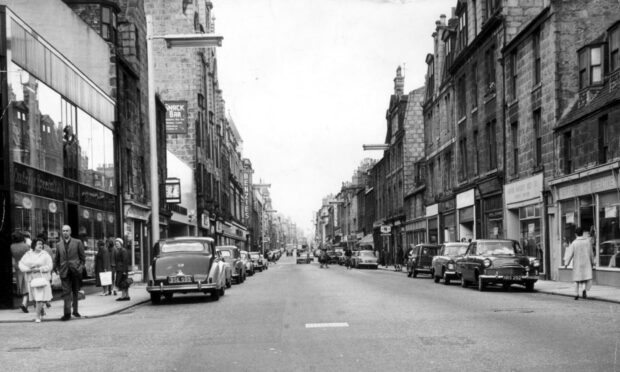
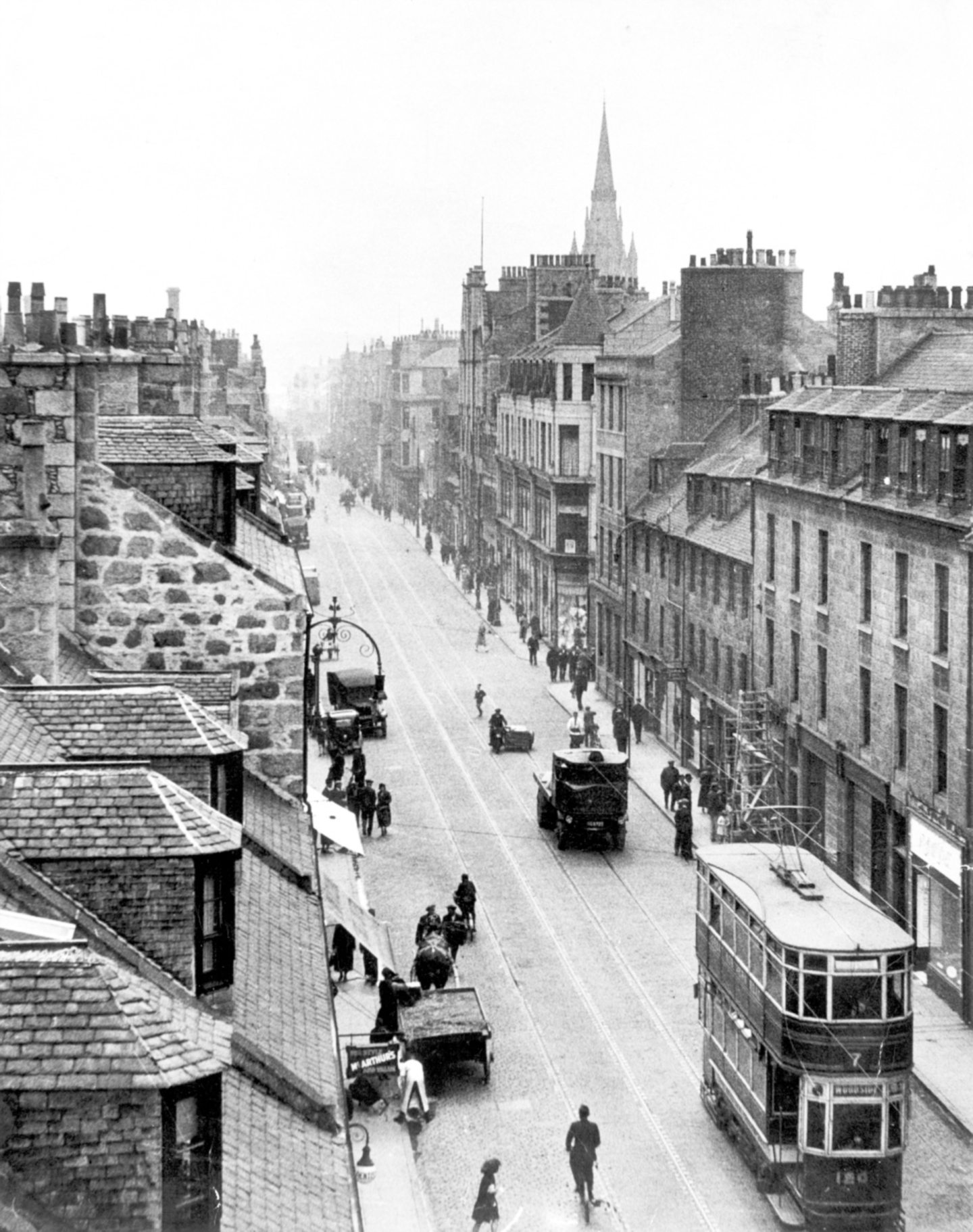
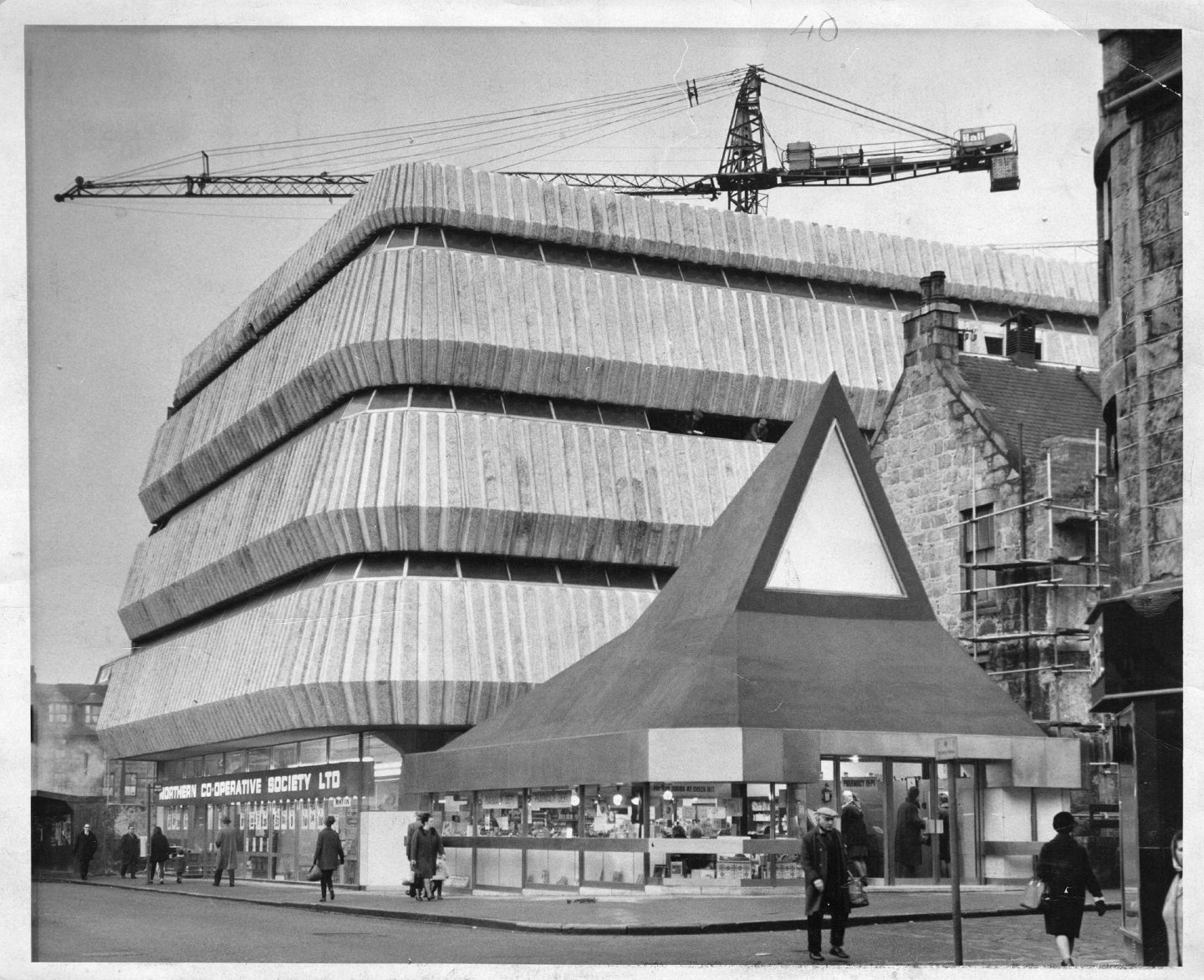
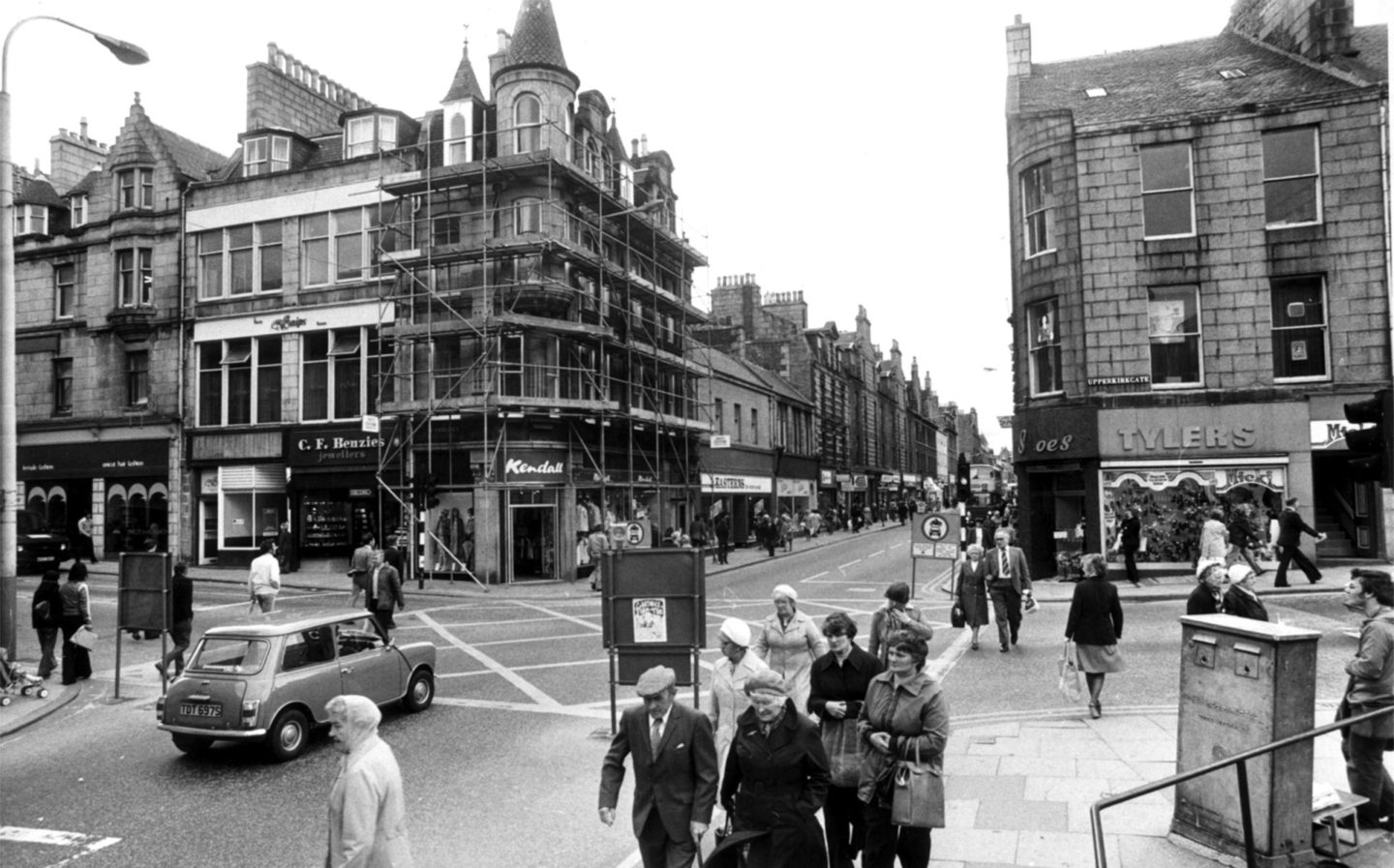
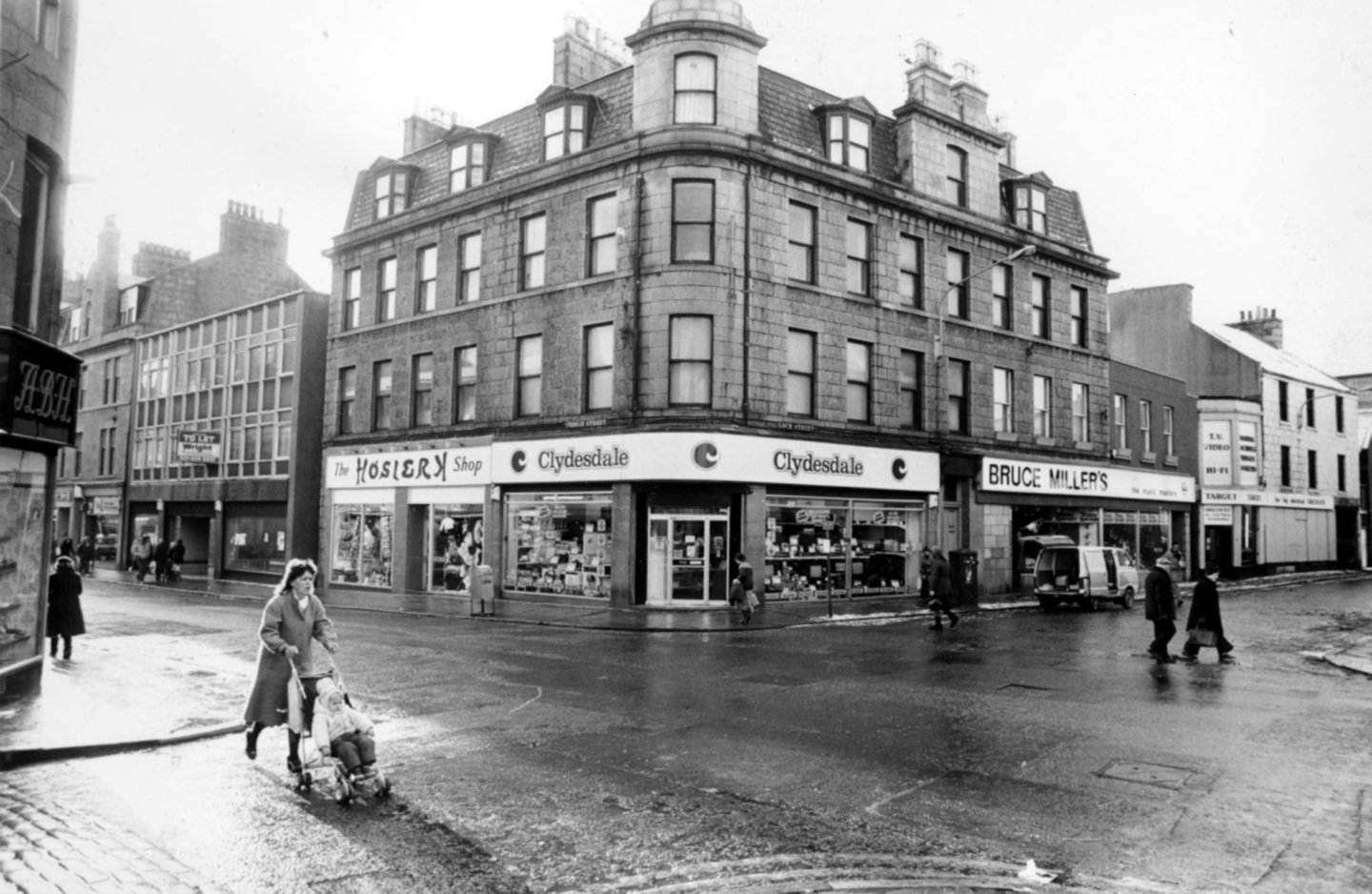
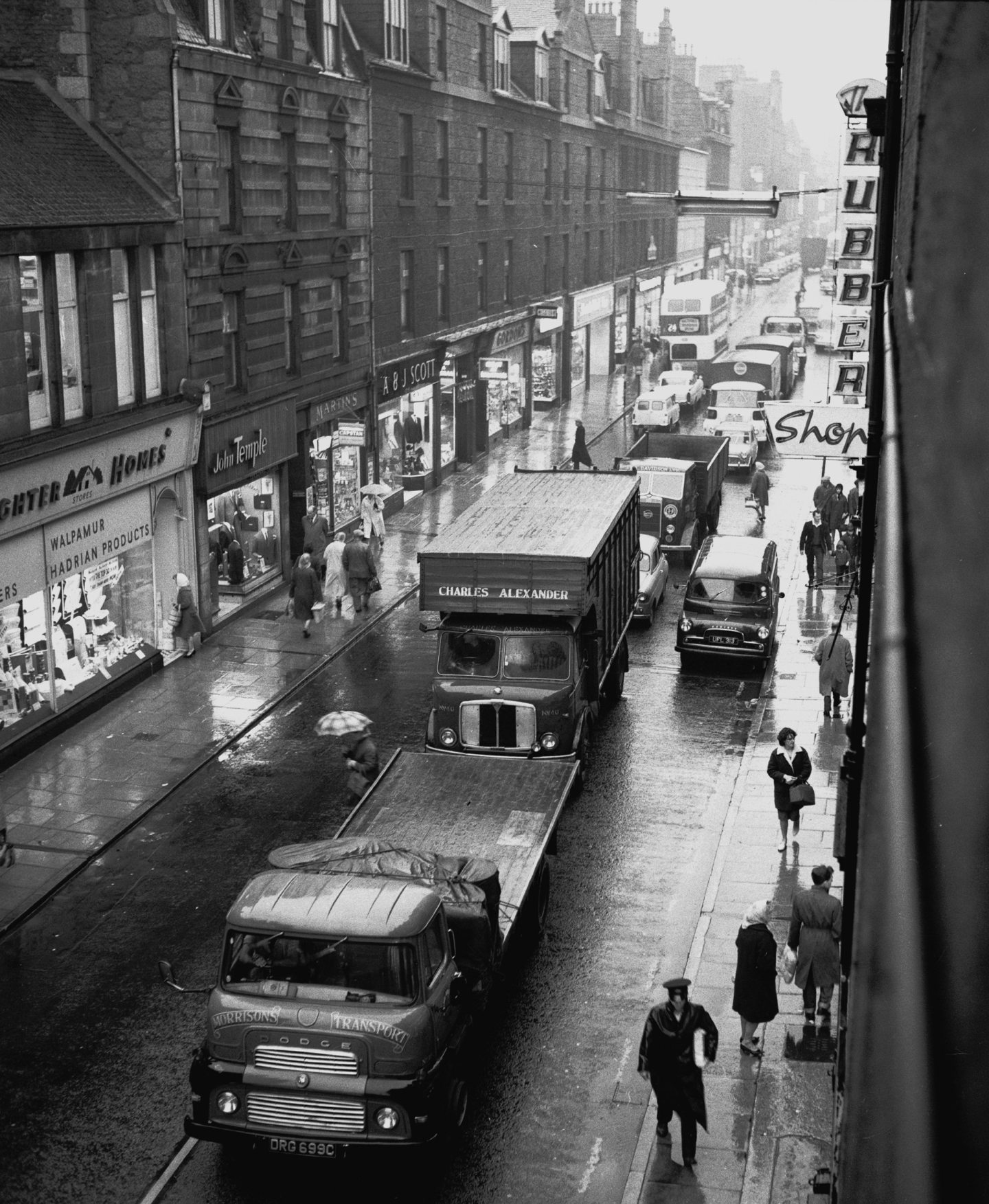
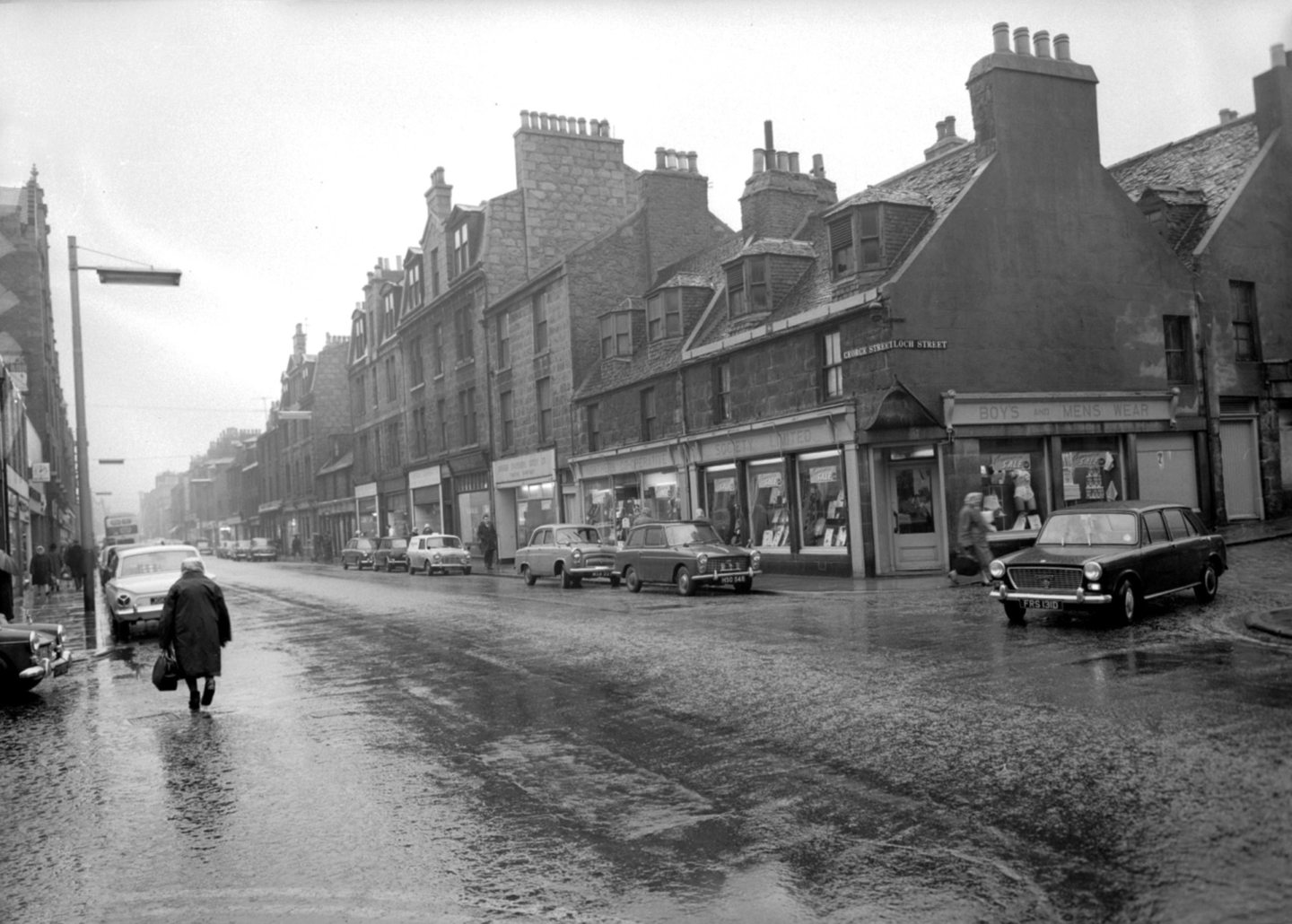
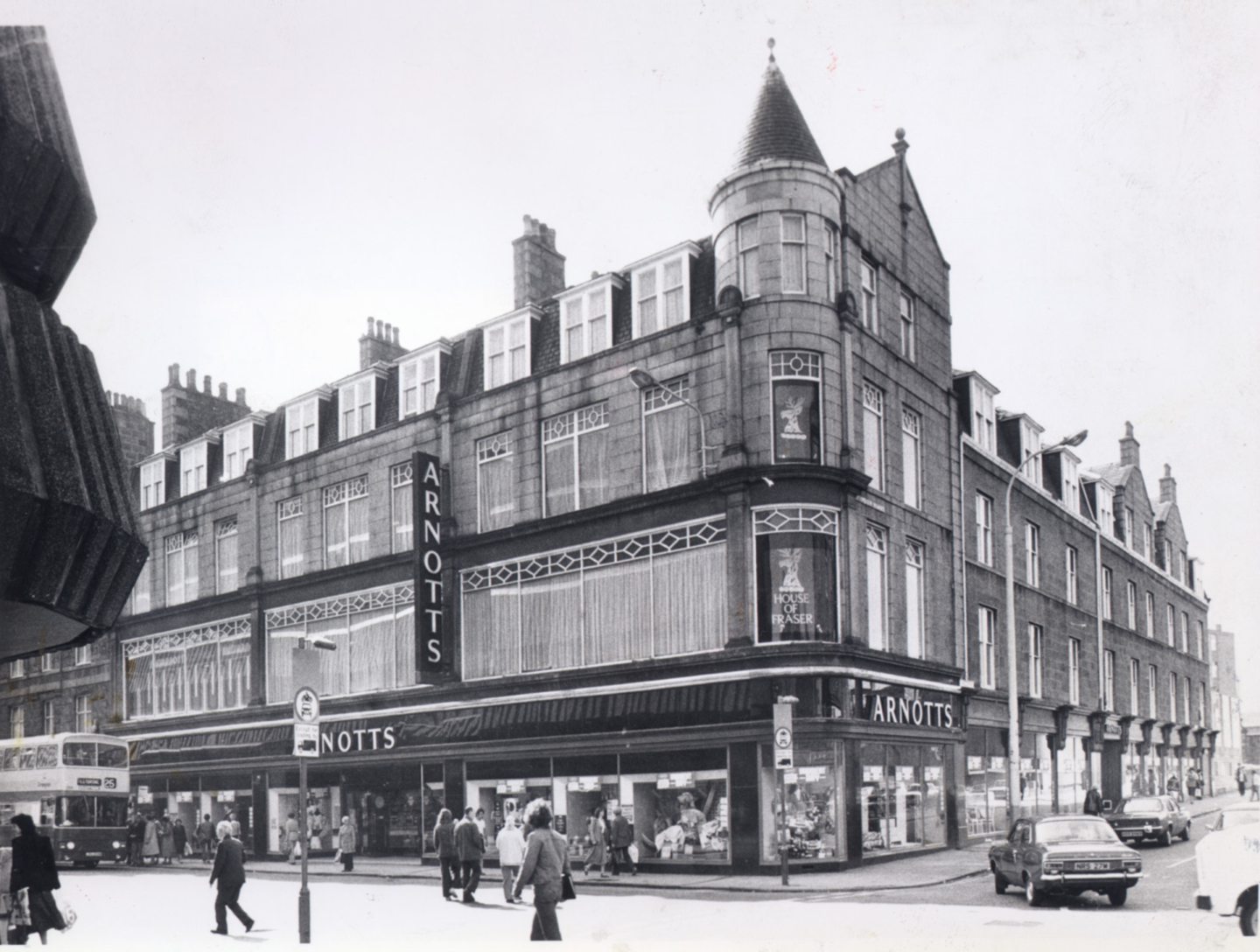
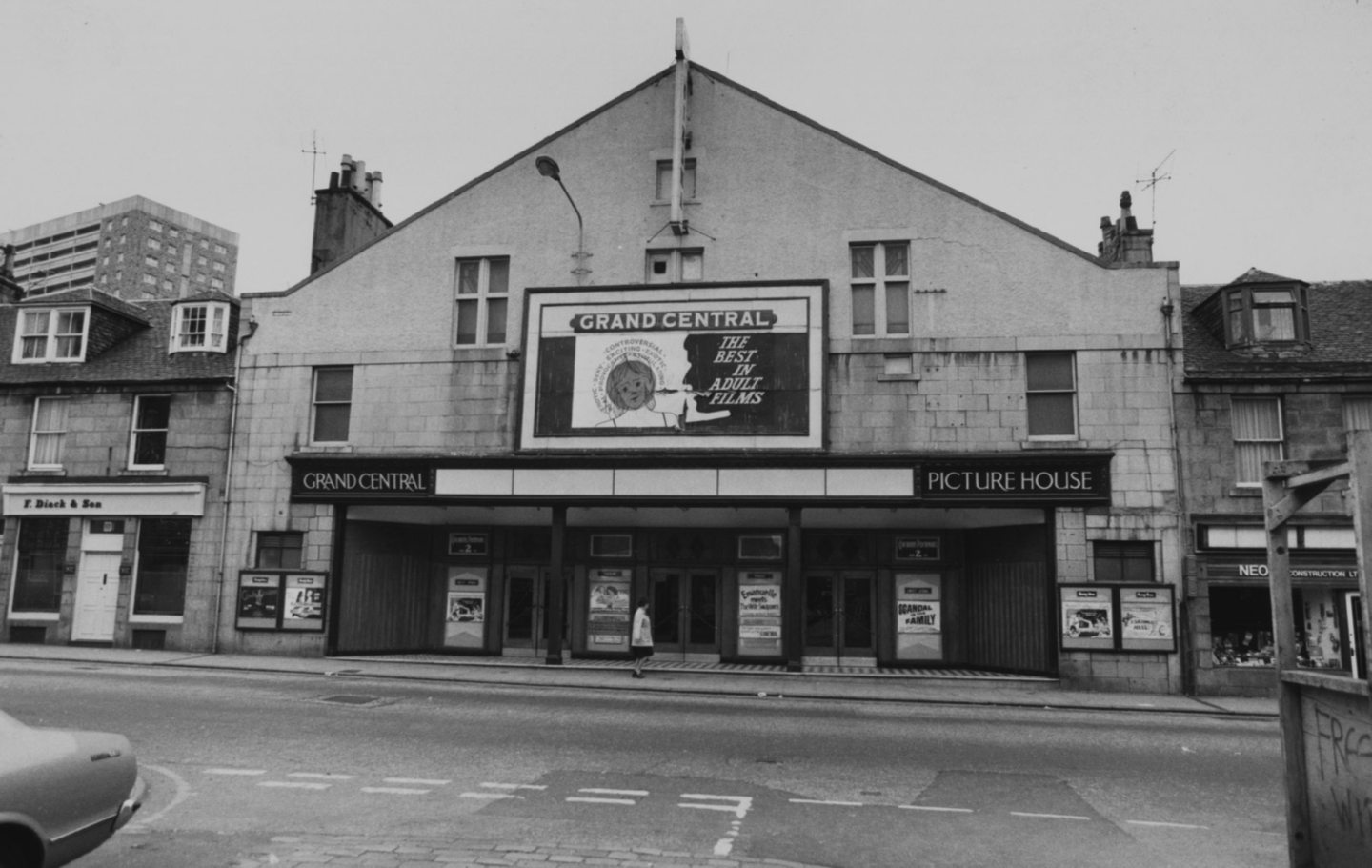
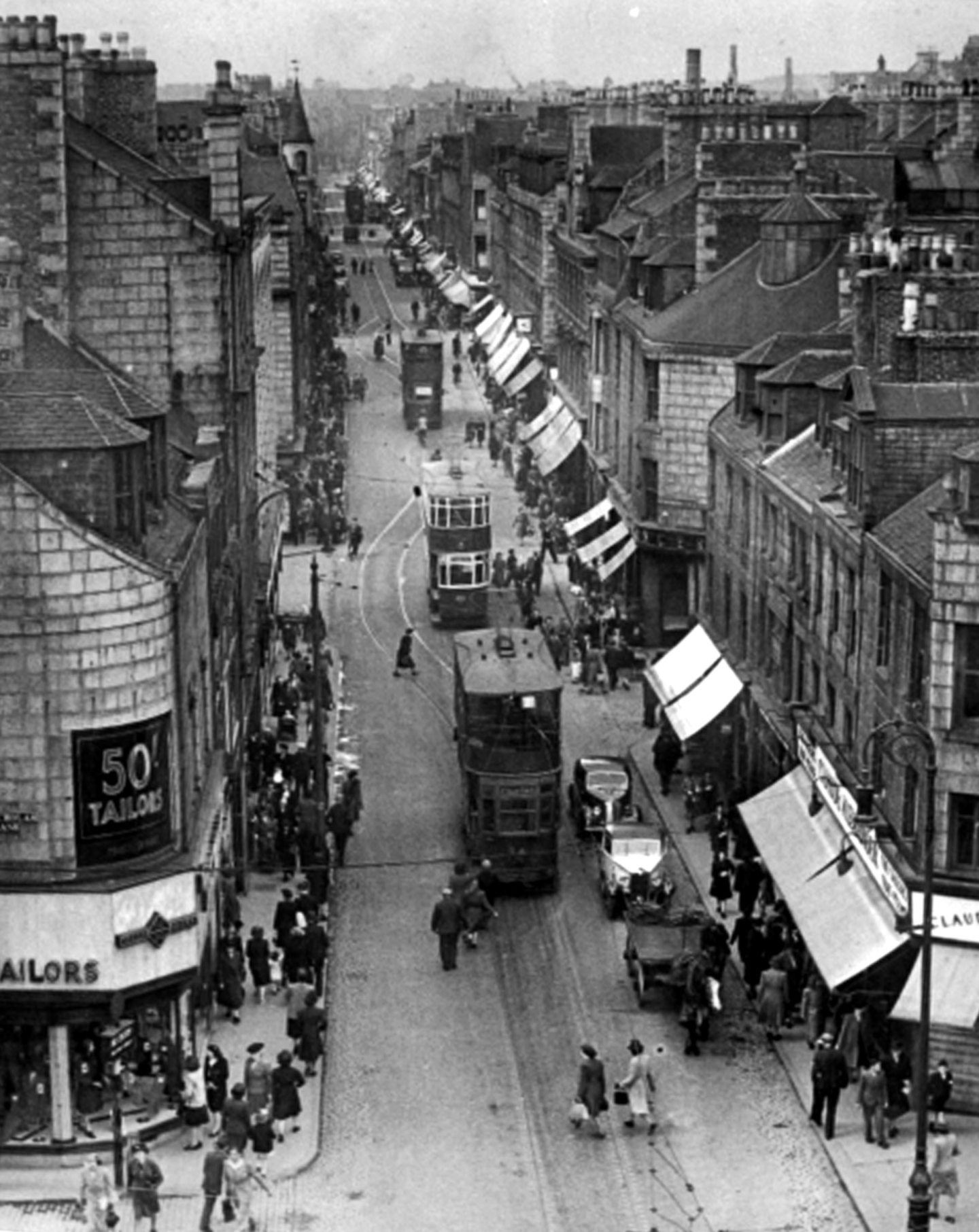
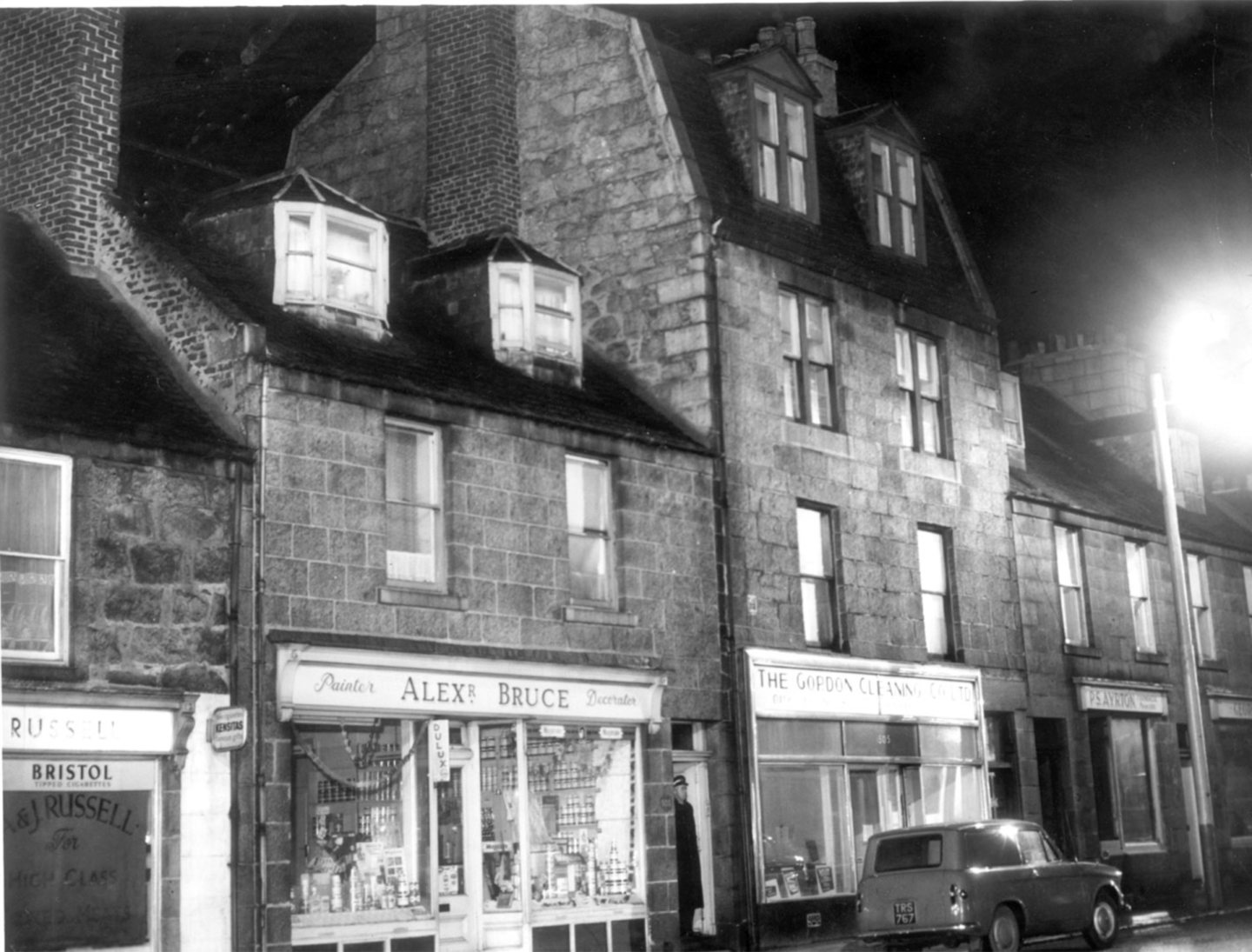
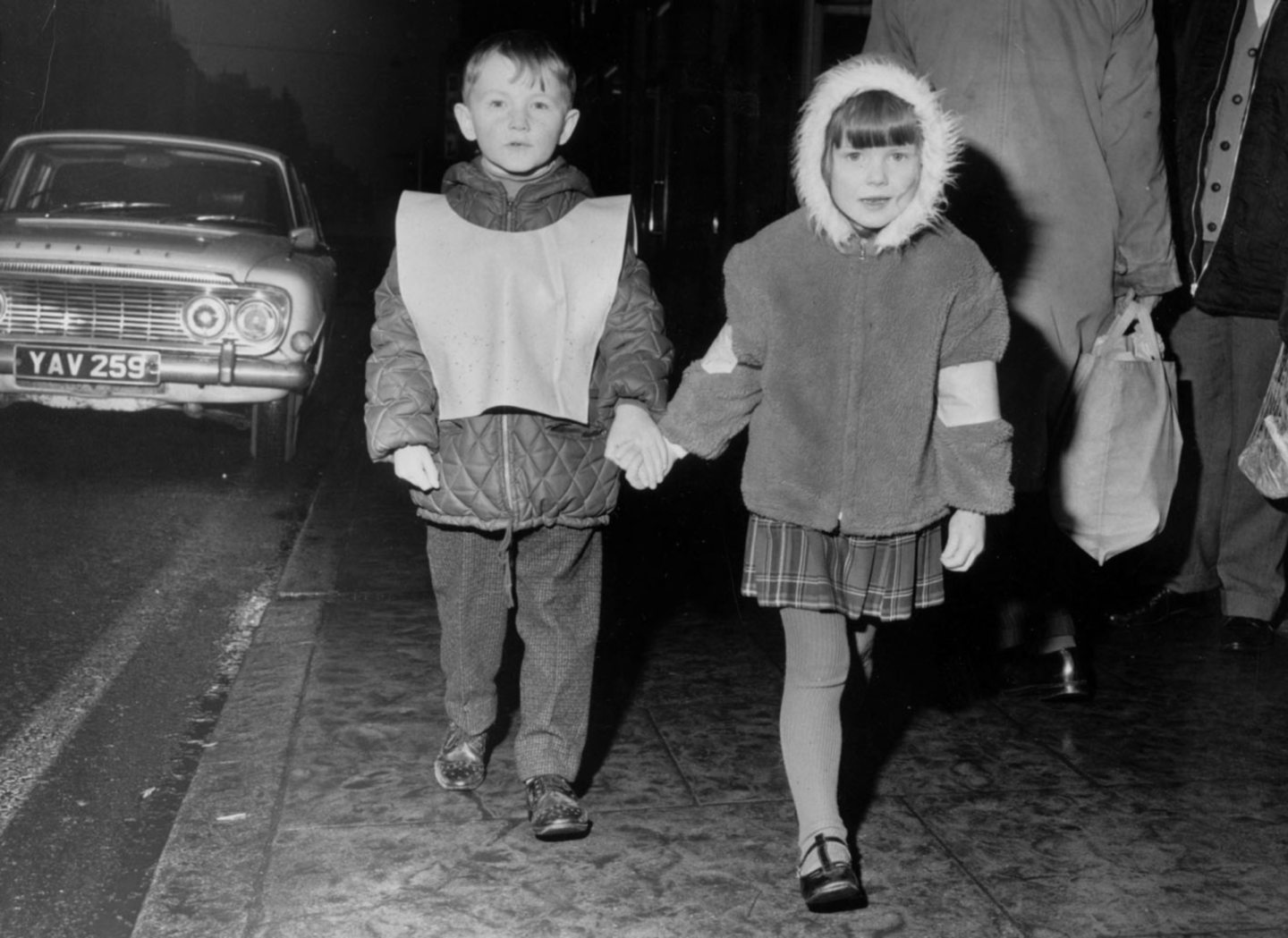
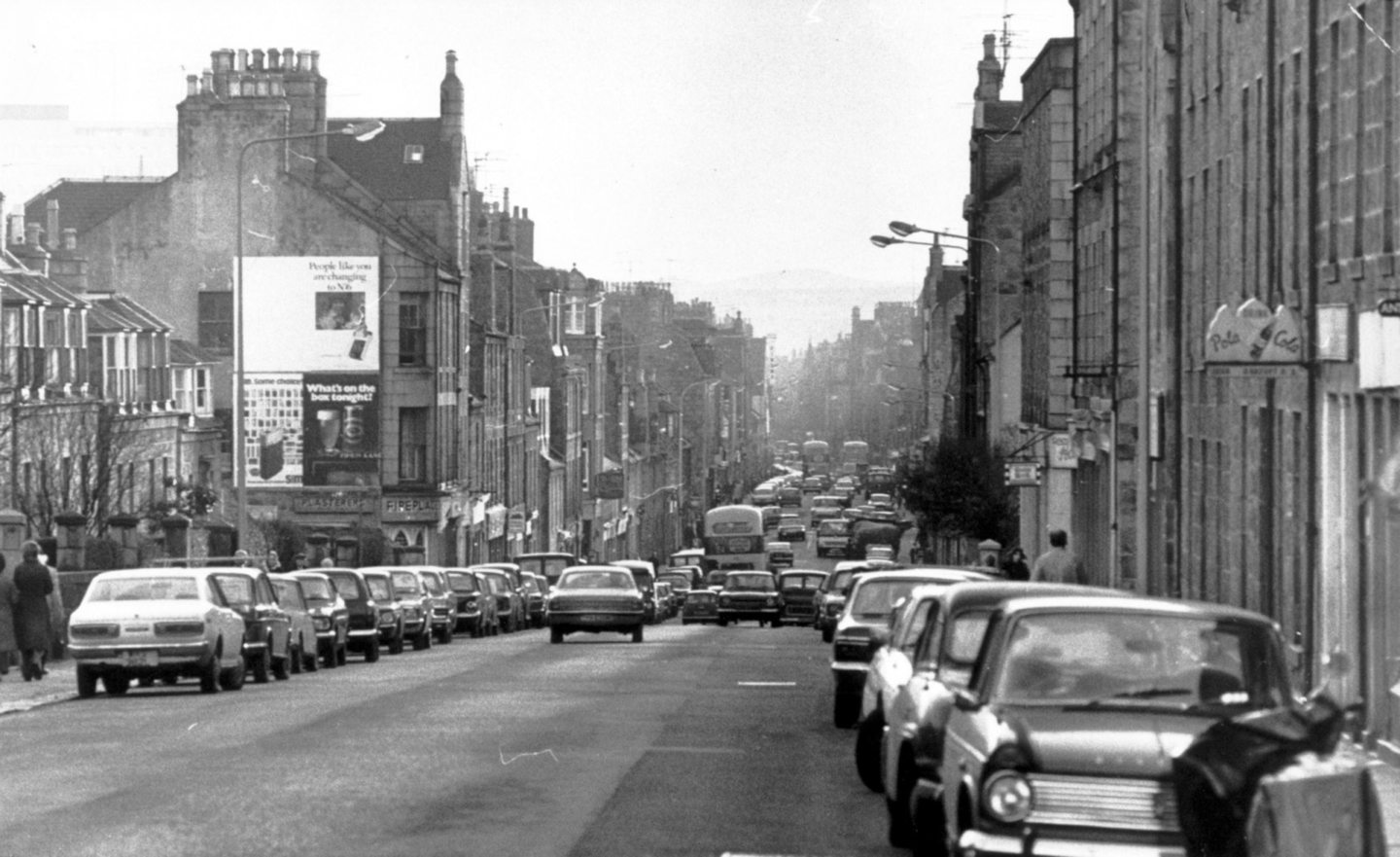
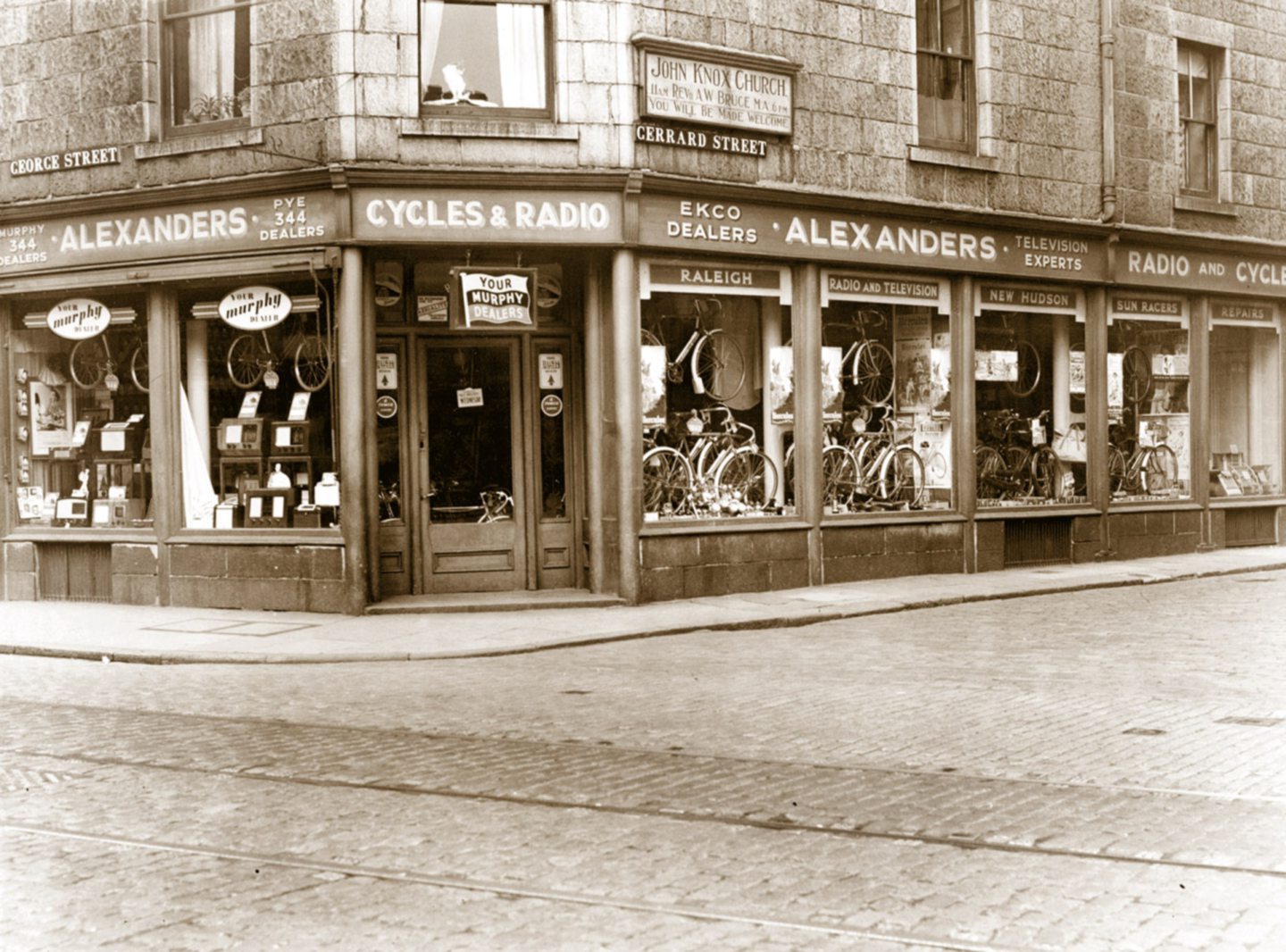
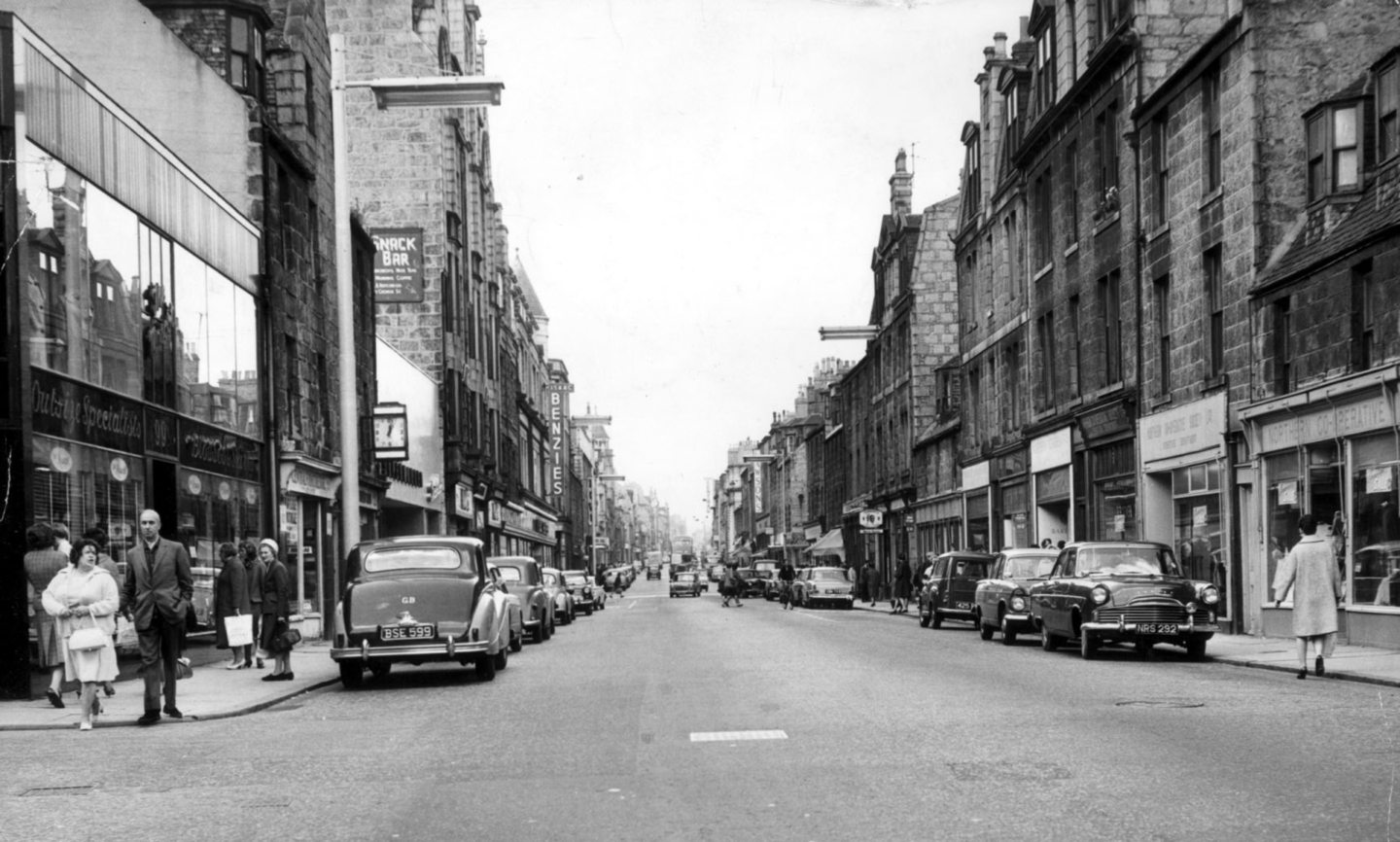
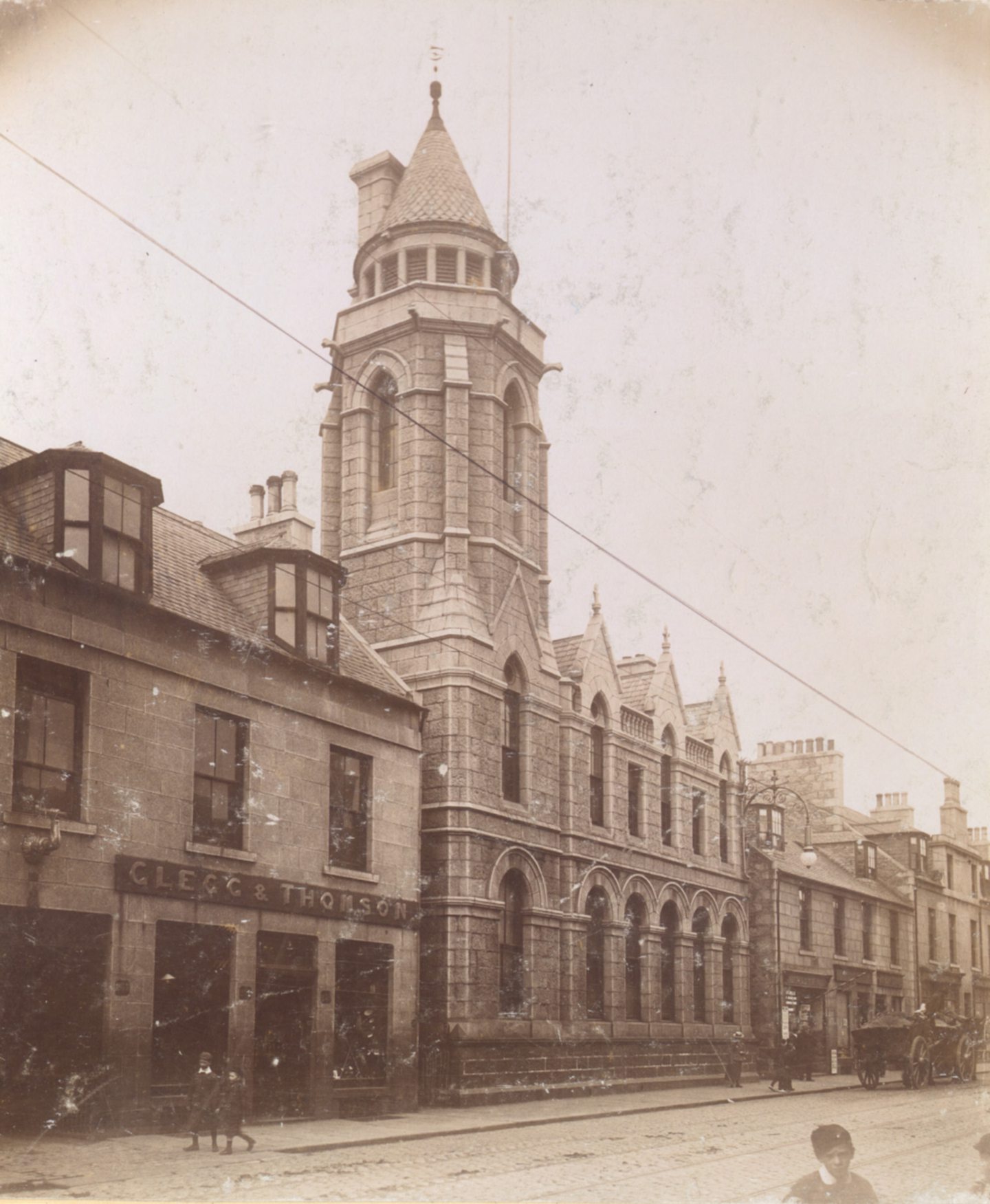
Conversation